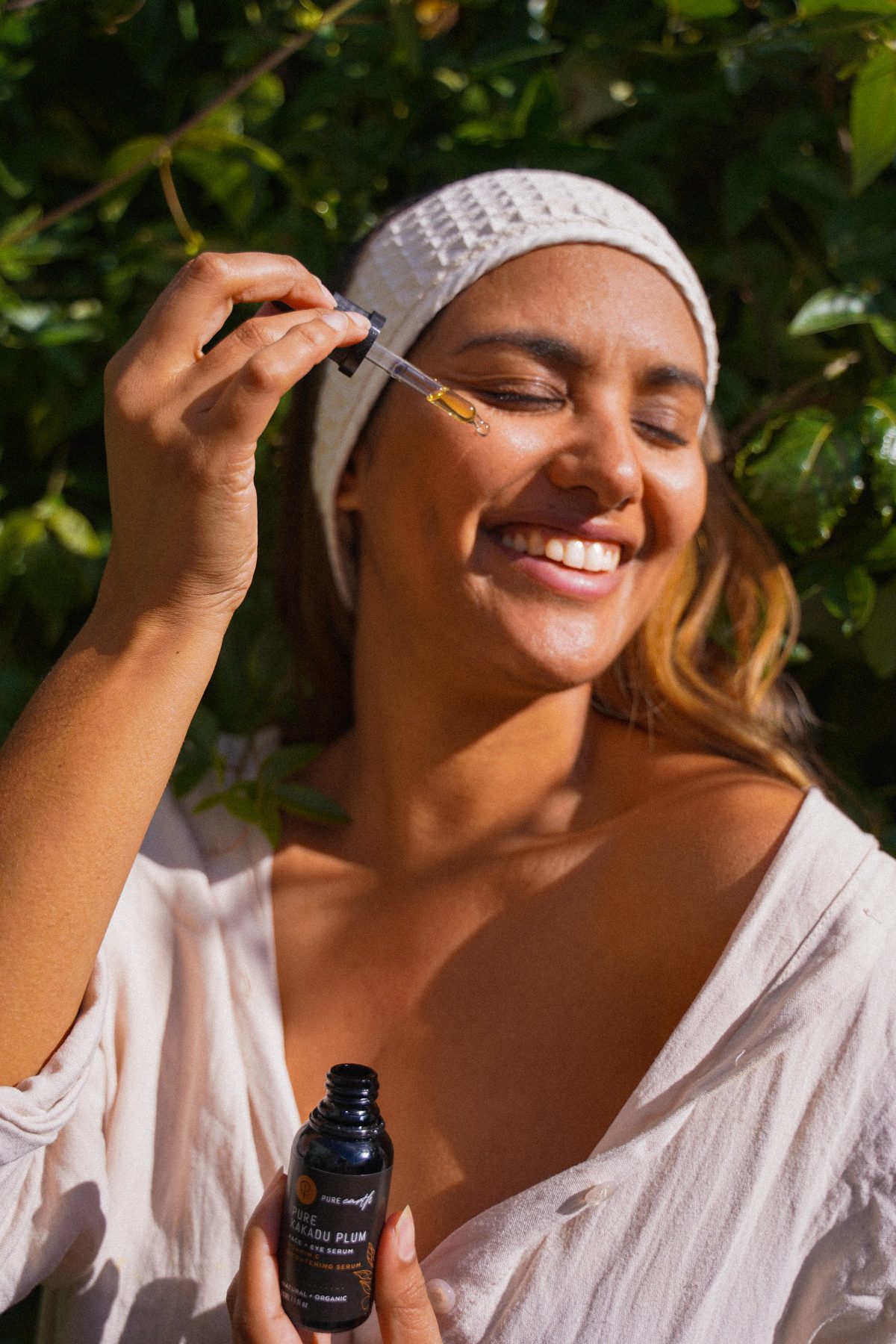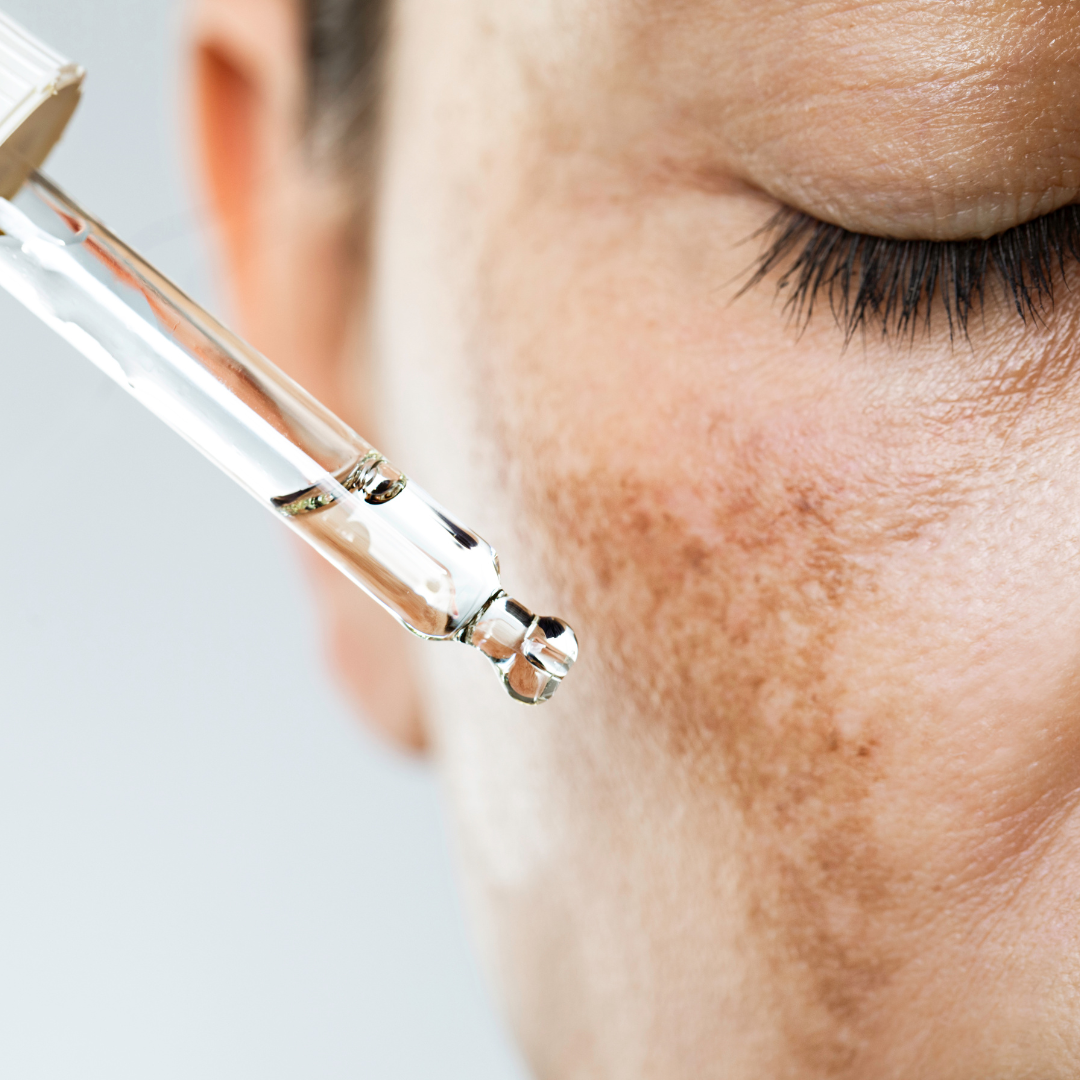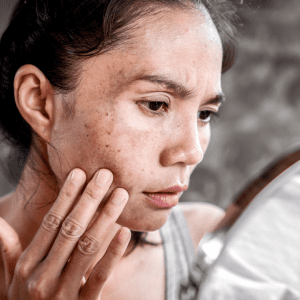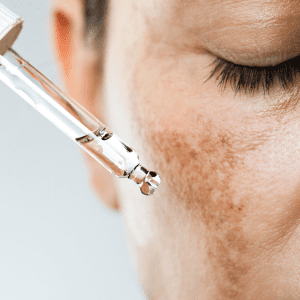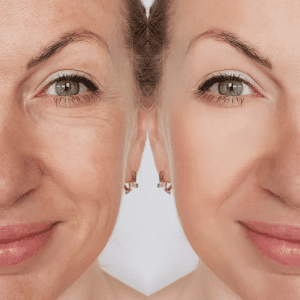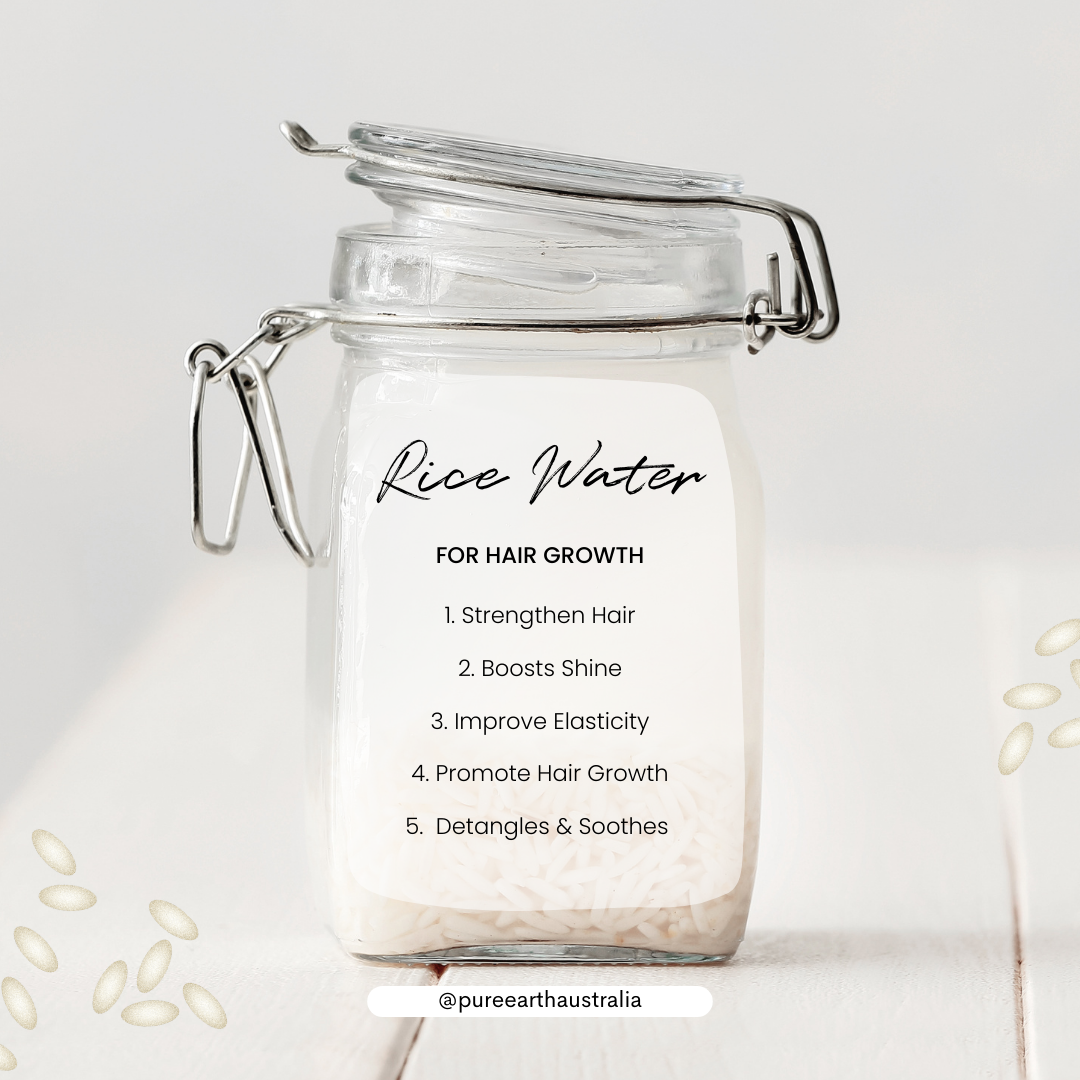
The Benefits of Using Rice Water as a Natural DIY Hair Treatment:
In recent years, rice water has gained significant popularity as a natural remedy for enhancing hair health.
While it may seem like a new trend, the practice of using rice water for hair care has roots in ancient beauty rituals across Asia.
From its potential to boost shine to its ability to promote hair growth, rice water is a versatile and cost-effective treatment you can easily create at home. Let’s dive into its benefits and how you can incorporate this time-tested remedy into your hair care routine.
The Historical Origins of Rice Water for Hair
The use of rice water for hair dates back centuries, with origins in the beauty rituals of women from Japan and China. Women of the Heian period in Japan (794 to 1185 CE) were known for their floor-length hair, which they attributed to regular baths in rice water.
Similarly, the Yao women of Huangluo, China, are renowned for their long, healthy hair, which reportedly retains its color well into their 80s. They, too, credit their stunning locks to rice water rinses.
These historical accounts speak volumes about the effectiveness of this simple yet powerful hair treatment.
What Exactly Is Rice Water?
Rice water is the milky, starchy liquid left over after soaking or cooking rice. When rice is soaked, it releases nutrients such as amino acids, B vitamins, vitamin E, minerals, and antioxidants into the water. These nutrients are believed to be responsible for the various benefits rice water provides to the hair and scalp.
The Benefits of Rice Water for Hair:
Rice water has numerous potential benefits that can elevate your hair care routine naturally:
Strengthens Hair
Rice water is rich in amino acids, which can help fortify and strengthen hair from the roots to the ends. It helps reduce hair breakage and split ends, promoting overall healthier hair.
Boosts Shine
The starch in rice water smooths the surface of the hair, reflecting light better and giving it a shinier, more lustrous appearance. If your hair is looking dull, rice water may restore its natural radiance.
Improves Hair Elasticity
Rice water’s abundance of nutrients helps to nourish and hydrate the hair, making it more elastic and less prone to damage from styling or environmental factors.
Promotes Hair Growth
Anecdotal evidence suggests that rice water can stimulate hair growth due to its rich concentration of vitamins and minerals. While more scientific research is needed to confirm this, many users report faster-growing hair after regular use.
Detangles and Smooths
If you struggle with tangled or frizzy hair, rice water can act as a natural detangler. Its slippery texture makes combing easier, reducing the risk of breakage caused by knots.
Soothes the Scalp
Rice water can help soothe and calm an irritated scalp, making it a great treatment for those who experience dryness, itchiness, or inflammation
How to Make Rice Water
Creating rice water at home is simple and only requires two ingredients: rice and water. There are two main methods to prepare rice water, and both are equally effective.
Soaking Method
Take ½ cup of uncooked rice and rinse it thoroughly.
Place the rinsed rice in a bowl with 2-3 cups of water.
Let it soak for about 30 minutes, allowing the nutrients to infuse into the water.
Strain the rice, keeping the water for your hair treatment.
Boiling Method
Boil ½ cup of rice in twice the amount of water typically used for cooking.
After the rice is cooked, strain the water into a clean bowl. Let it cool before using it on your hair
How to Use Rice Water as a Hair Treatment
Incorporating rice water into your hair care routine is easy, and it can be used as a natural conditioner. Here’s how:
Shampoo your hair as you normally would.
Rinse your hair thoroughly with warm water.
Pour the prepared rice water onto your hair, ensuring it’s evenly distributed.
Massage the rice water into your scalp and hair for a few minutes.
Let the rice water sit on your hair for 10-20 minutes.
Rinse your hair thoroughly with warm water.
You can use rice water as a hair treatment once or twice a week for the best results.
Bonus: Rice Water for Skin Benefits
Rice water isn’t just beneficial for your hair—it can also be used as a natural toner or facial rinse. Its antioxidant and anti-inflammatory properties can help to soothe and hydrate the skin while improving its texture. Simply apply the rice water to your face with a cotton pad after cleansing, or use it as a gentle, refreshing facial rinse.
Final Thoughts
Rice water is a versatile and affordable natural treatment that offers a wealth of benefits for hair health. Whether you’re seeking shinier hair, stronger strands, or a more nourished scalp, rice water may be the answer you’ve been searching for. Give this ancient beauty secret a try and see how it can transform your hair into its healthiest, most radiant form.
With rice water, your next hair care hero might just be sitting in your kitchen pantry!
